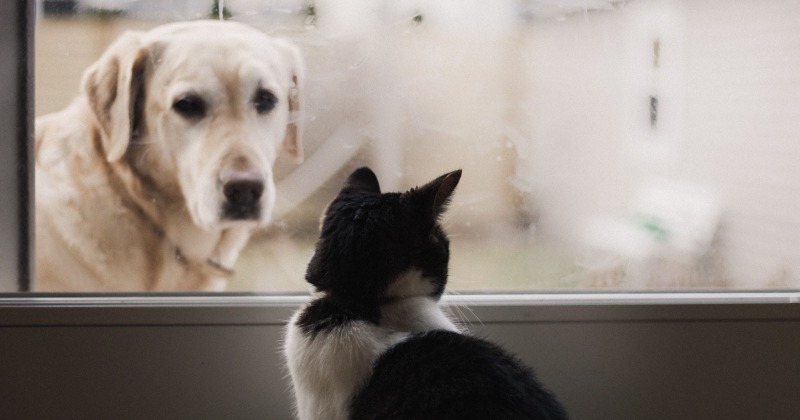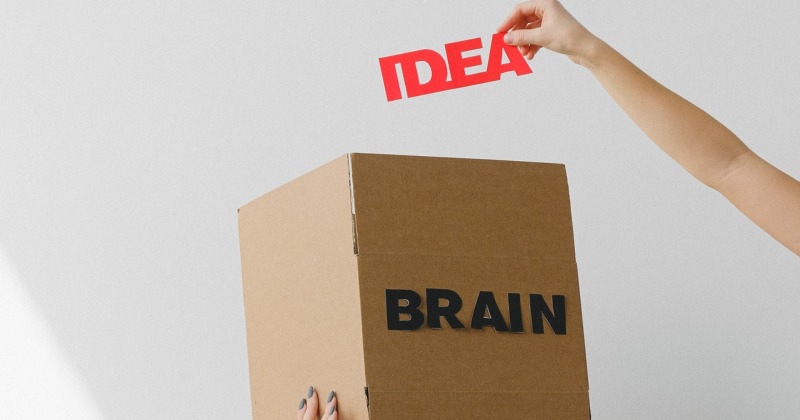
Be Friendly
Friendliness is a down-to-earth approach that is welcoming and positive. Being friendly feels confident and happy, with a positive take on other people, moving toward the world instead of backing away from it.
How Firmly Should You Pursue Your Intentions?
How firmly do you pursue your intentions? Neither too tight nor too loose a rein. As with the balance of the capital city and the provinces, it’s worth considering what your tendencies are and if there is an imbalance. For example, some of us hold onto our goals to a...
Friday Favorite
Here's little perspective for your Friday afternoon. Enjoy!
Patterns of Closeness and Independence
Intimacy and autonomy are independent dimensions, and it is their combination that counts. The qualities in each category, imperfectly summarized by a single word, characterize both types of individuals and, more importantly, states of mind we all transit: Integrated...
Friday Favorite
Resources for Happiness, Love, and Wisdom
Sila in Relationships
Here is the latest talk from the San Rafael Meditation group with Rick Hanson. It’s titled Sila in Relationships. More information on the San Rafael Mediation group can be found at https://rickhanson.net/teaching/meditation-group.
Inner Strengths
The following excerpt is from chapter one of my book - Hardwiring Happiness. You’ll find helpful guidance to deepen your understanding and practice with the material in the book with the reading guide - //rickhanson.net/books/reading-guides#Hardwiring-Happiness. A...

Mind Changing Brain Changing Mind
There’s been a lot of research and clarification over the last several decades about how the brain makes the mind, and how the mind makes the brain, in a codependent, circular kind of way.

The Machinery of Upset
(Emotional) life is great when we feel enthusiastic, contented, peaceful, happy, interested, loving, etc. But when we’re upset, or aroused to go looking for trouble, life ain’t so great. To address this problem, let’s turn to a strategy used widely in science (and...
